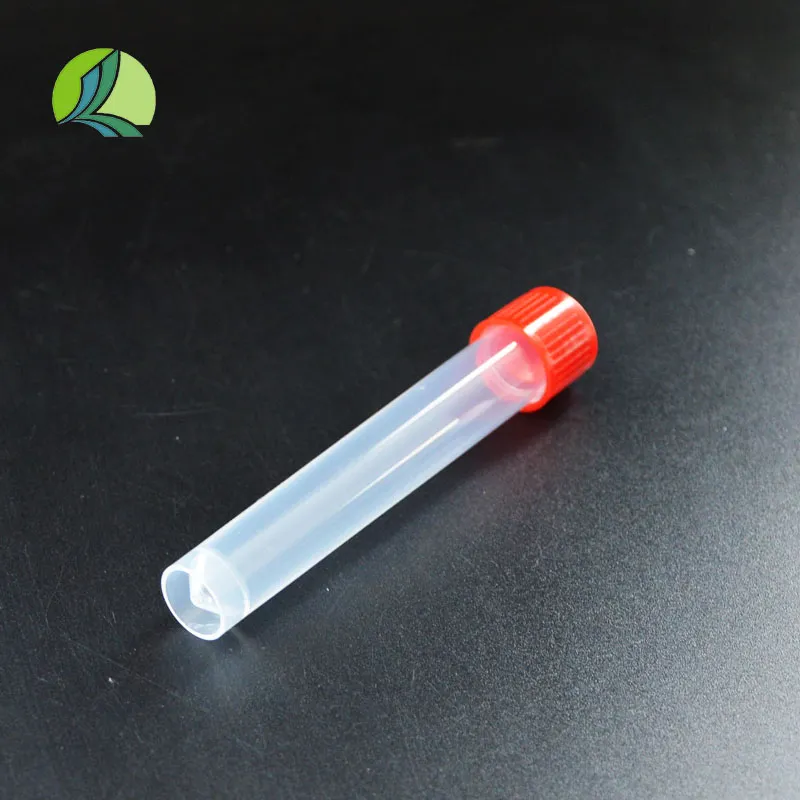Refreshing Milk Tea Served in Eco-Friendly Plastic Bottles for Your Enjoyment
The Rise of Milk Tea and Its Iconic Plastic Bottle
In recent years, milk tea has exploded in popularity around the world, transcending geographical boundaries to become a global phenomenon. Originating from Taiwan, this delightful concoction of tea, milk, and sweeteners has captivated the hearts and palates of people from various backgrounds. A hallmark of this beverage culture is not just the milk tea itself, but the iconic plastic bottle it often comes in.
Milk tea is a versatile drink that can be made with various types of tea, including black, green, and oolong. The addition of milk and optional ingredients such as tapioca pearls or fruit jelly enriches the flavor and texture. This delightful drink has carved out a niche in cafes, street vendors, and tea shops worldwide. However, beyond its scrumptious taste, one cannot overlook the integral role the plastic bottle plays in the milk tea experience.
The Rise of Milk Tea and Its Iconic Plastic Bottle
However, the rise of milk tea and its plastic bottle has also introduced a significant environmental concern. The convenience provided by plastic bottles comes at a cost environmental pollution and waste. As milk tea consumption has surged, so too has the amount of plastic waste generated from disposable bottles. Many cities are grappling with the consequences of single-use plastics, leading to initiatives aimed at reducing plastic waste. In response, some milk tea businesses are innovating by adopting eco-friendly packaging solutions.
milk tea plastic bottle

Several brands are transitioning to biodegradable materials or encouraging customers to bring their reusable cups. In Taiwan, where the trend began, many tea shops now offer discounts to customers who bring their containers. This not only promotes sustainability but also fosters a sense of community among consumers who are increasingly conscious of their environmental footprint.
In addition to environmental considerations, the plastic bottle can also be seen through the lens of branding. Companies invest generously in creating unique and eye-catching packaging to differentiate their products in a bustling market. The bottle’s design often aligns with the brand’s identity, evoking emotions and appealing to different demographics. For instance, pastel colors and playful graphics might target a younger audience, while minimalistic designs could attract more mature consumers.
Moreover, some brands have taken the opportunity to create limited edition bottles to celebrate specific holidays or events, amplifying their marketing strategies. This not only drives sales but creates a sense of exclusivity, encouraging loyal customers to collect unique designs.
As milk tea continues to reign as one of the preferred beverages globally, the role of its plastic bottle cannot be understated. It serves as a critical touchpoint between the brand and consumer, enhancing the overall drinking experience. Yet, with the growing necessity for sustainable practices, the industry may soon find itself at a crossroads. Balancing the allure of innovative packaging with ecological responsibility will be paramount for the future of milk tea.
In conclusion, the milk tea plastic bottle encapsulates more than just a beverage; it embodies a lifestyle evolution, an environmental challenge, and a branding opportunity. As consumers grow more mindful of their choices, the path forward for the milk tea industry may lead to a new era of eco-conscious drinking, where delicious flavors and sustainable practices can coexist, ensuring that this beloved drink remains a cherished part of global culture for years to come.
-
Aesthetic Makeup Spray Bottles | Fine Mist Empty RefillableNewsAug.19,2025
-
White Plastic Veterinary Vaccine Vials | Lab Liquid BottlesNewsAug.18,2025
-
Plastic Medicine Liquid Bottle: Secure Flip Top Drug VialsNewsAug.17,2025
-
Durable 250ml Blue Plastic Vaccine Vial for Lab & Vet UseNewsAug.16,2025
-
Sterile Virus Sample Tubes: Secure & Reliable Specimen CollectionNewsAug.15,2025
-
White 250ml Plastic Vaccine Vial for Lab & Vet MedicineNewsAug.14,2025
























